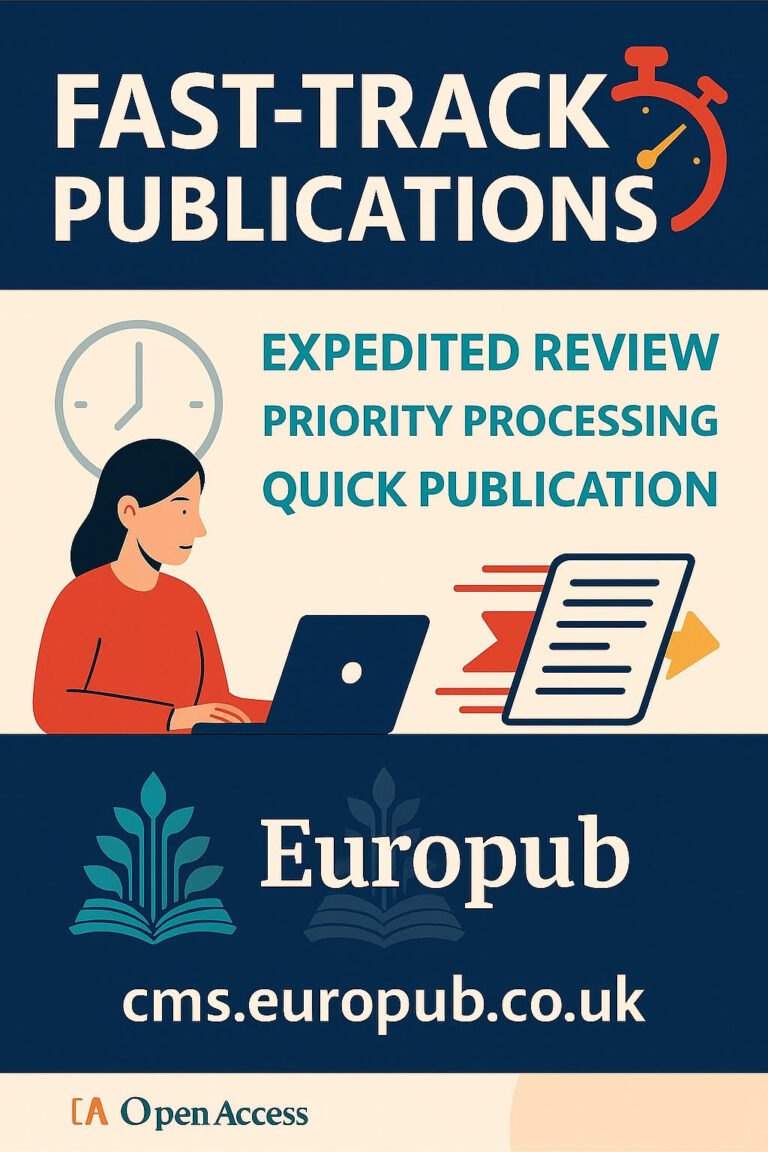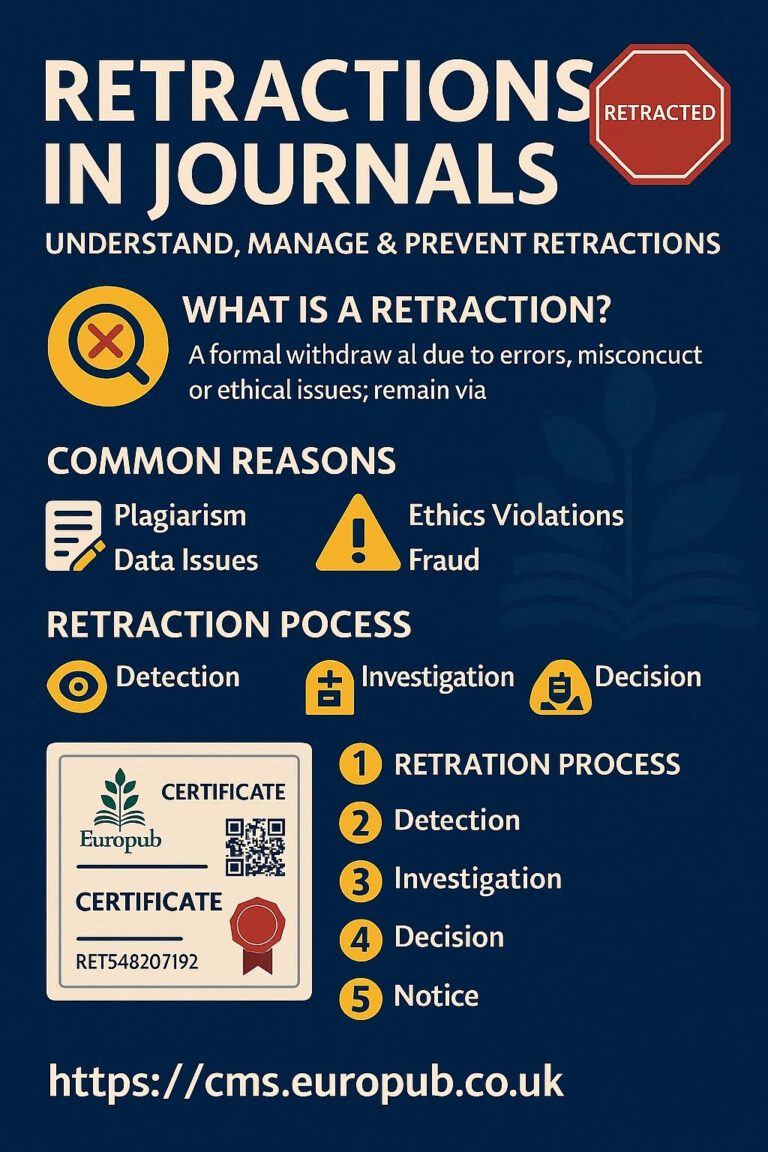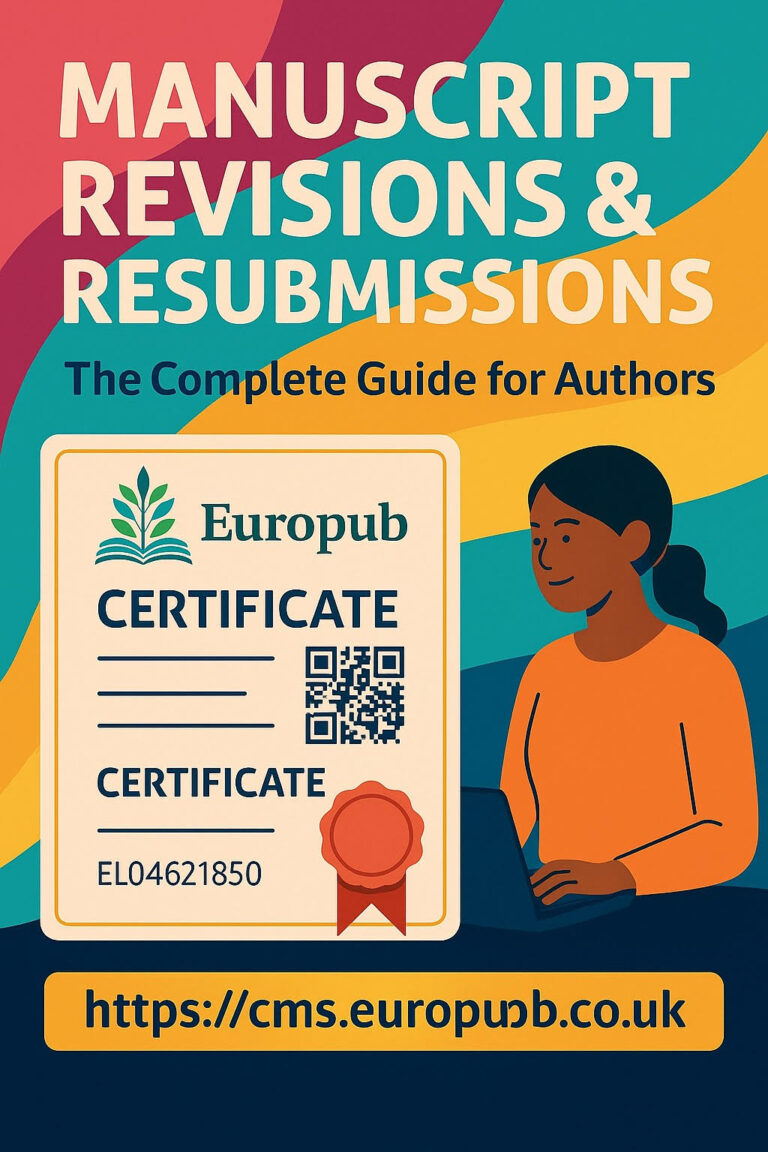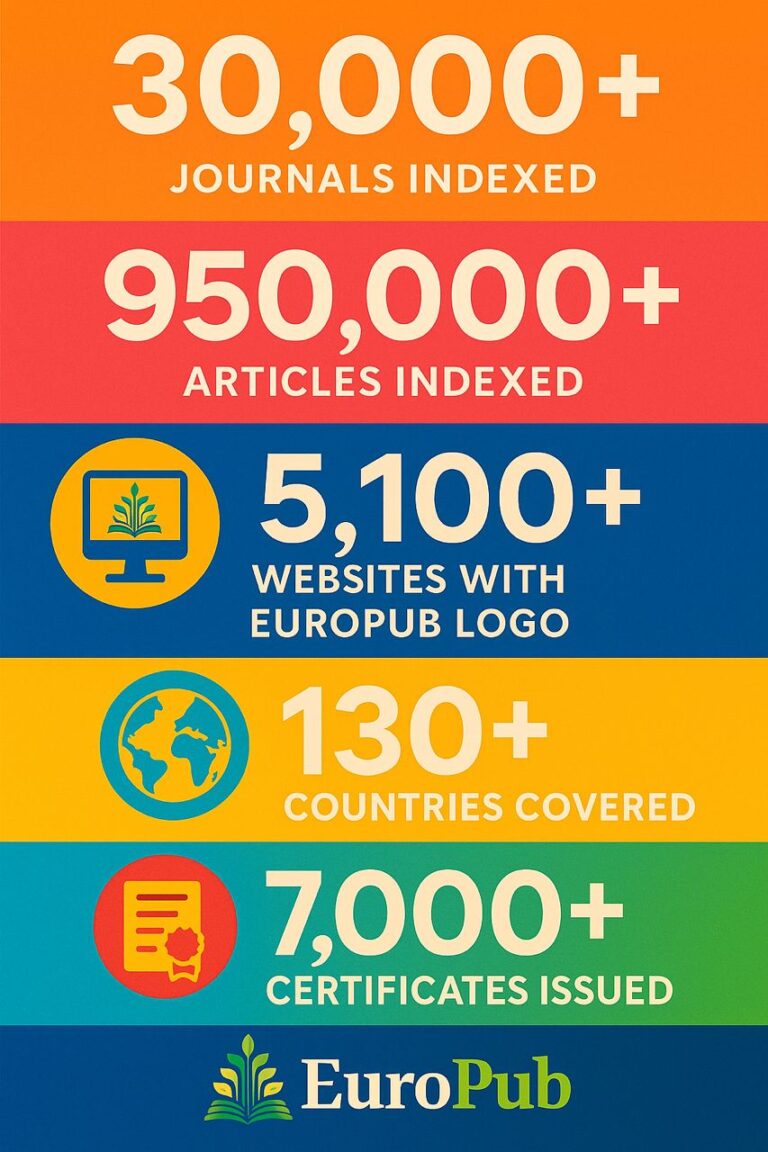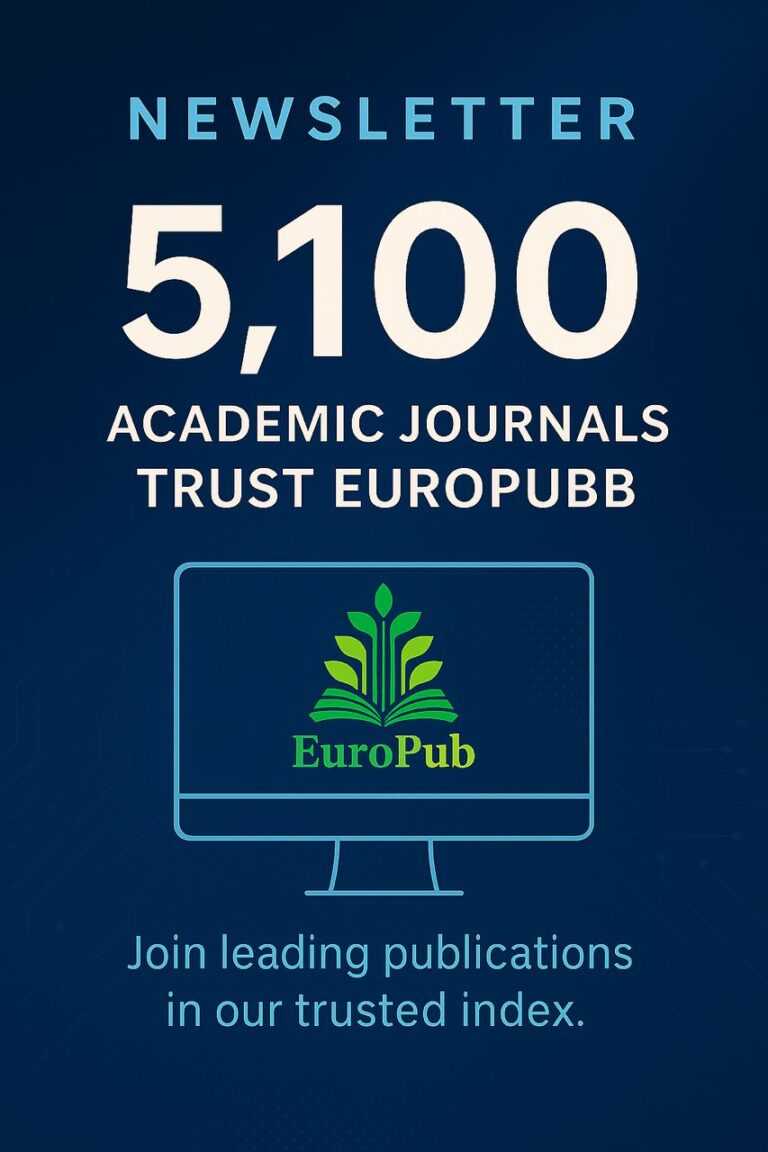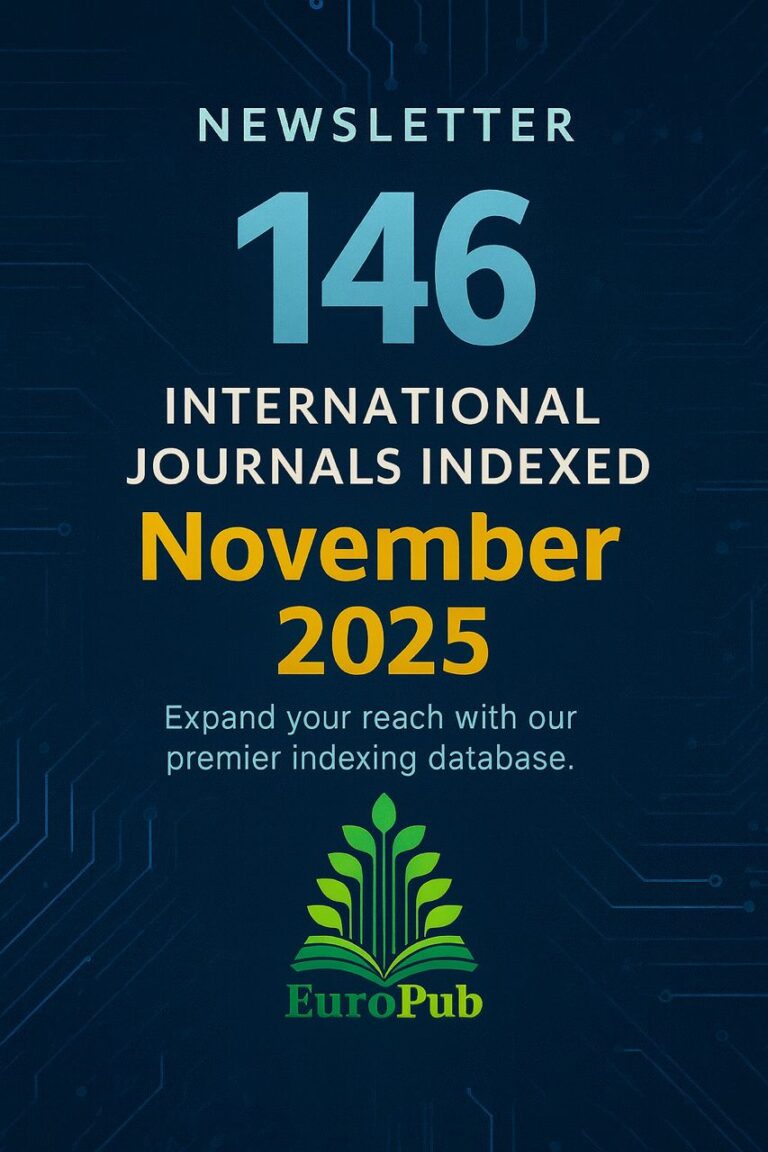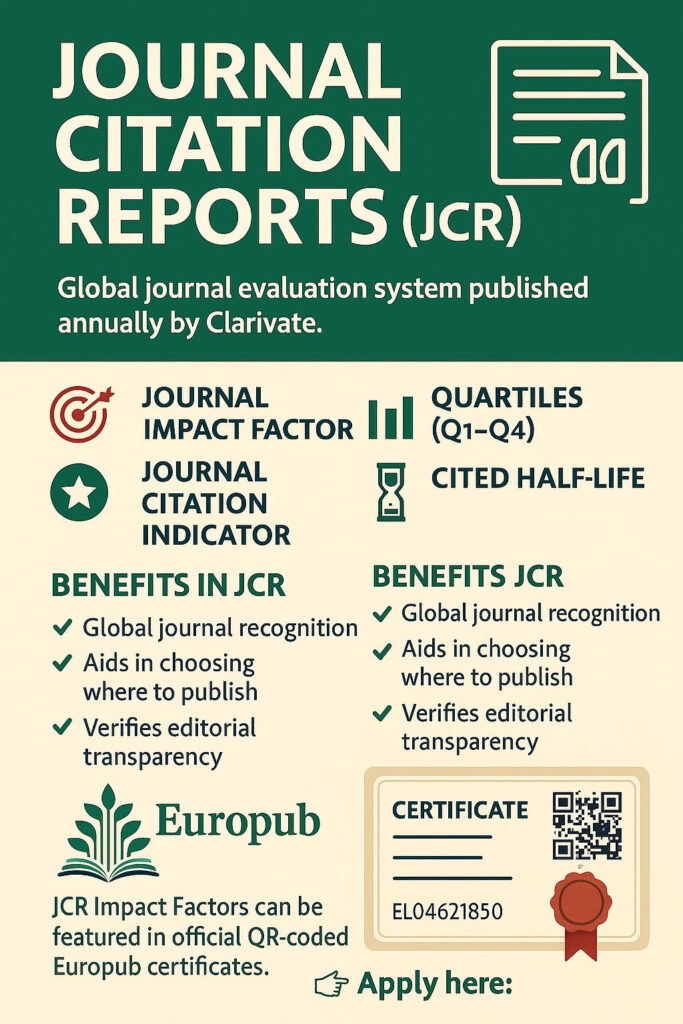
What is Journal Citation Reports (JCR)?
Journal Citation Reports (JCR) is an annual publication by Clarivate Analytics that provides a systematic, objective way to evaluate the world’s leading academic journals. It is built on citation data from the Web of Science Core Collection and has become the most trusted global source for journal ranking and evaluation.
 Key Metrics in JCR
Key Metrics in JCR
- Journal Impact Factor (JIF) – 2-year citation metric.
- 5-Year Impact Factor – Long-term citation influence.
- Journal Citation Indicator (JCI) – Field-normalized metric.
- Immediacy Index – Speed of citations.
- Eigenfactor – Influence within citation networks.
- Quartiles (Q1–Q4) – Ranking within subject categories.
- Cited Half-Life – Average citation age of articles.
 Benefits of JCR
Benefits of JCR
 Global recognition of journals.
Global recognition of journals.
 Trusted by universities, research councils, and funders.
Trusted by universities, research councils, and funders.
 Helps authors choose where to publish.
Helps authors choose where to publish.
 Provides transparency in editorial practices.
Provides transparency in editorial practices.
 Acts as a benchmark for quality across disciplines.
Acts as a benchmark for quality across disciplines.
 JCR & EuroPub Certificates
JCR & EuroPub Certificates
At Europub Publishing Company (UK), we complement JCR recognition with QR-coded EuroCode certificates for journals, editorial boards, and authors. These certificates highlight the Impact Factor and JCR inclusion and provide a verifiable badge of trust.
 Apply here: https://cms.europub.co.uk
Apply here: https://cms.europub.co.uk
 Extended FAQ (40+ Questions with Answers)
Extended FAQ (40+ Questions with Answers)
General
Q1: What is JCR?
A citation-based journal evaluation system published annually by Clarivate.
Q2: Who publishes JCR?
Clarivate Analytics (formerly part of Thomson Reuters).
Q3: How often is JCR updated?
Once a year, usually in June.
Q4: What databases feed into JCR?
The Web of Science Core Collection (SCIE, SSCI, AHCI, ESCI).
Q5: How many journals are included in JCR?
More than 21,500 journals worldwide.
Inclusion & Coverage
Q6: Are all journals included in JCR?
No, only journals indexed in Web of Science Core Collection.
Q7: Are open-access journals included?
Yes, open-access journals are eligible.
Q8: Are predatory journals listed in JCR?
No, JCR has strict quality and ethical filters.
Q9: Can a journal move from ESCI to JCR Impact Factor?
Yes, if it meets citation and quality thresholds.
Q10: Does JCR include regional journals?
Yes, if they meet selection criteria.
Impact Factor & Metrics
Q11: What is Journal Impact Factor (JIF)?
Average citations received in a given year to articles published in the prior 2 years.
Q12: How is JIF calculated?
Citations in year X to articles in years X–1 and X–2 ÷ citable items in years X–1 and X–2.
Q13: What is a good Impact Factor?
Depends on the field. In humanities, 2.0 may be excellent; in medicine, 10+ is strong.
Q14: What is the 5-Year Impact Factor?
Longer-term citation performance across 5 years.
Q15: What is the Journal Citation Indicator (JCI)?
A field-normalized metric where 1.0 = global average.
Q16: What is Eigenfactor Score?
A measure of journal influence across the whole network.
Q17: What is the Immediacy Index?
How quickly articles in a journal are cited after publication.
Q18: What are Quartiles (Q1–Q4)?
Ranking journals into 4 groups within subject categories.
Q19: What is the Cited Half-Life?
The median age of articles cited in a journal in a given year.
Q20: Can Impact Factor be manipulated?
Yes, through unethical citation practices, but Clarivate suppresses such journals.
Practical Use
Q21: How can I access JCR?
Through institutional subscription via Clarivate.
Q22: Can individual researchers access JCR?
Yes, if their institution subscribes, or via personal purchase.
Q23: Why do universities rely on JCR?
Because it provides standardized journal evaluation.
Q24: Can JCR help authors choose journals?
Yes, JCR shows relative ranking and visibility.
Q25: Is JCR used in academic promotions?
Yes, in many countries, JCR-based metrics are part of evaluation.
Q26: Is JCR free?
No, it requires subscription.
Q27: Can JCR data be downloaded?
Yes, but with license restrictions.
Q28: Does JCR rank all journals equally?
No, it ranks within subject categories.
Q29: Is JCR used in global university rankings?
Yes, indirectly, as publication metrics affect rankings.
Q30: Can JCR help funders decide grants?
Yes, it is often referenced for journal credibility.
Suppression & Ethics
Q31: Why are journals suppressed from JCR?
Due to citation manipulation or unethical practices.
Q32: Can suppressed journals return?
Yes, if practices improve.
Q33: What are citation stacking and self-citation abuse?
Unnatural citation exchange to inflate metrics.
Q34: How transparent is JCR?
JCR publishes data on self-citations and suppressed journals.
Q35: Are fake Impact Factors the same as JCR?
No. Only Clarivate’s JCR provides the authentic Impact Factor.
Extended FAQs
Q36: Difference between JCR and Scopus CiteScore?
CiteScore is Elsevier’s metric; JCR is Clarivate’s.
Q37: What is the significance of Q1 ranking?
Journals in Q1 are the top 25% in their field.
Q38: What role does JCR play in tenure decisions?
Many institutions use JCR metrics for promotion.
Q39: Does JCR recognize multidisciplinary journals?
Yes, journals can be listed under multiple categories.
Q40: How do editors apply for JCR coverage?
By applying for Web of Science indexing via Clarivate.
Q41: How can authors verify if a journal is in JCR?
Via Clarivate’s Master Journal List.
Q42: What is the difference between ESCI and JCR?
ESCI journals are indexed but without full prestige; JCR includes Impact Factor.
Q43: Do journals with low IF still matter?
Yes, especially in smaller fields with fewer citations.
Q44: Can JCR help in collaboration decisions?
Yes, high JCR ranking signals strong research potential.
Q45: Is JCR expanding coverage?
Yes, it now covers 21,500+ journals across disciplines.
 Useful Links
Useful Links
 Promo Note
Promo Note
“Your JCR Impact Factor is more than a number. Showcase it with Europub’s official QR-coded certificates. Trusted. Global. Verifiable.”




